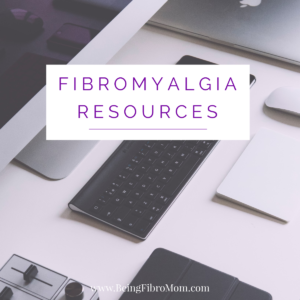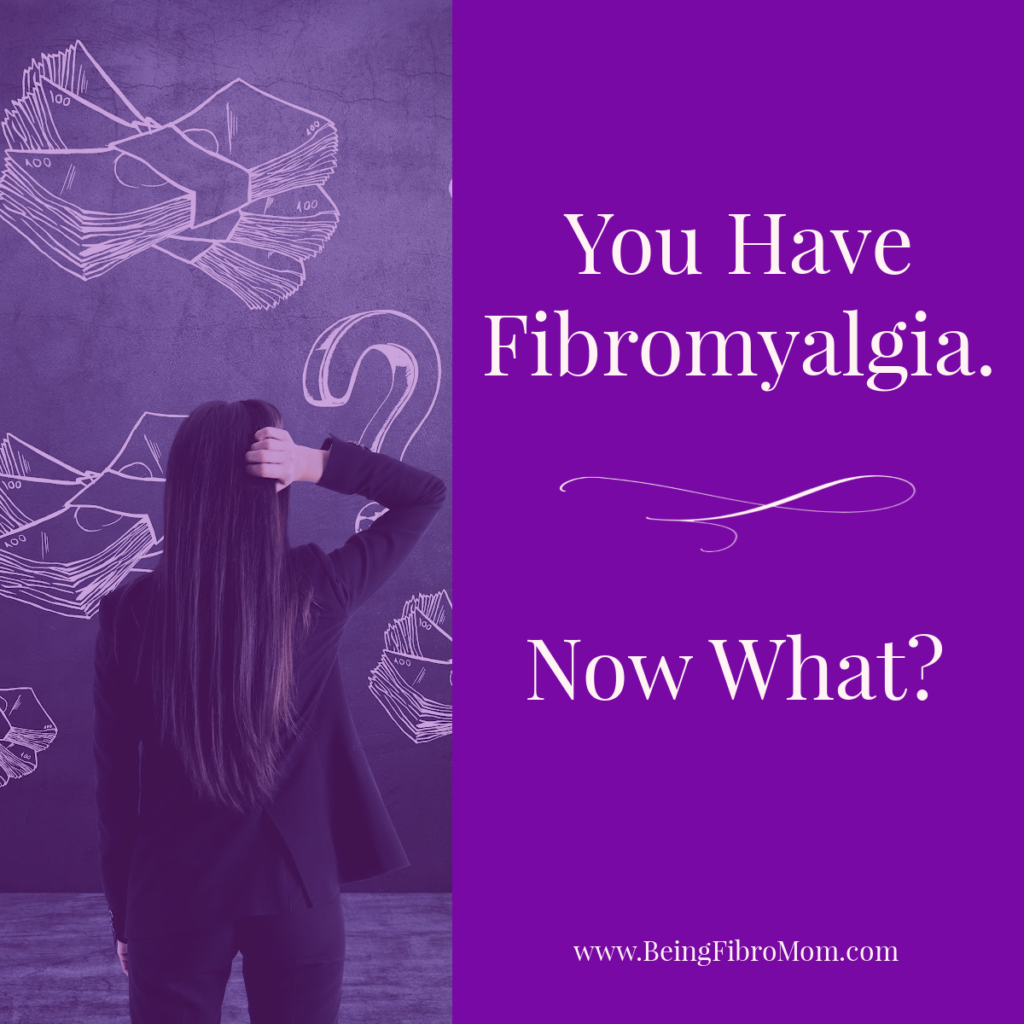Fibromyalgia is a complicated condition that leaves many physicians and medical experts perplexed. Despite the millions diagnosed with it, it remains a mystery to the medical field. What is fibromyalgia? Who does it affect? How can it be treated? Here’s what we know.
The Support Fibromyalgia Network describes Fibromyalgia best:
Fibromyalgia is a chronic (long-term) neurological health problem that causes widespread pain and tenderness (sensitivity to touch), fatigue, unrefreshed sleep, and cognitive issues. It can cause disability and a lower quality of life. There is no cure or one-size-fits-all treatment, but a multidimensional treatment approach is used. Adults with Fibromyalgia may have complications such as more hospitalizations, higher rates of major depression, higher death rates from suicide and injuries, and higher rates of other rheumatic conditions.
It is a complex chronic condition with various symptoms that affect the entire body. These symptoms vary in degree and occur daily. Common symptoms include lasting, ongoing pain throughout the body, constant fatigue, and abdominal pain.
The condition is not life-threatening and does not cause permanent muscle or joint damage. Some individuals, with the help of an effective pain management regimen, have been in remission for many years.
How does one ‘get’ fibromyalgia?
Research has shown that a person can develop fibromyalgia due to physical trauma, emotional trauma, infectious illness, hormonal changes, or a combination of factors. Research is still in progress to see if fibromyalgia is hereditary or if a common genetic type exists.
Who is affected by fibromyalgia?
Anyone can develop fibromyalgia – men, women, and children. In the United States, there are 3.7 million reported cases of fibromyalgia. Most cases are women between the ages of 40 and 75. Individuals with rheumatic diseases – such as lupus and rheumatoid arthritis – are more likely to develop fibromyalgia.

What are the symptoms?
There are many, many different symptoms of fibromyalgia, and each symptom can vary in degree and from person to person. Symptoms can affect each area of the body, from your scalp to your toes. Read all the symptoms here.
What are the diagnostic criteria?
The American College of Rheumatology established new diagnostic criteria for fibromyalgia. Read those criteria here.
What are the treatment options?
While there is no cure for fibromyalgia and no one treatment approach, there are several different ways to help manage the symptoms. From natural to medicinal to physical and alternative, exploring those options to find a good combination that will be the most effective for you can be time-consuming. However, be patient and look at all the options by clicking here.


Pingback: Fibromyalgia Relationships: Part 2: Communicating Your Illness
Pingback: sensory overload and fibromyalgia
Pingback: Painting to Relieve Stress and Chronic Pain - Being Fibro Mom